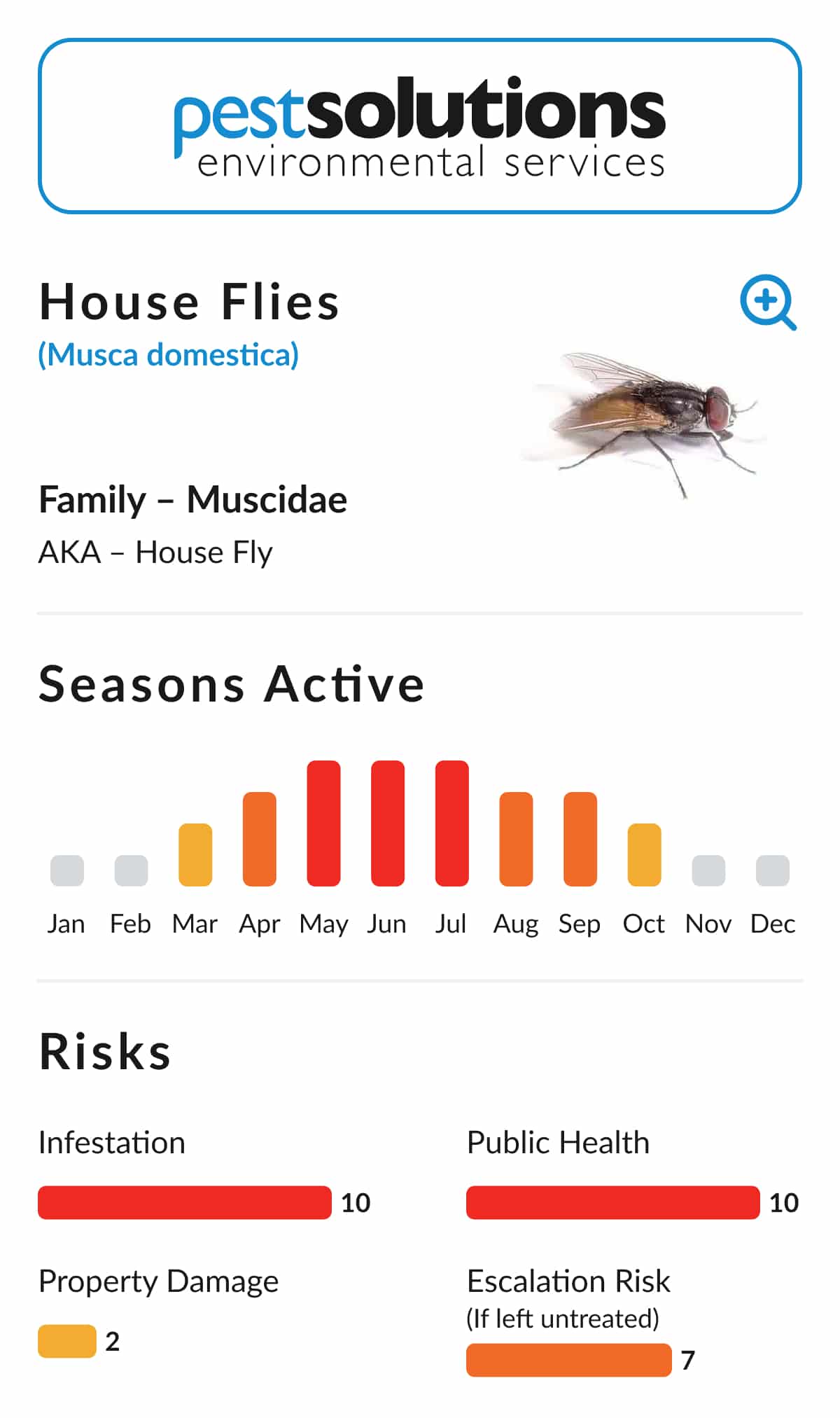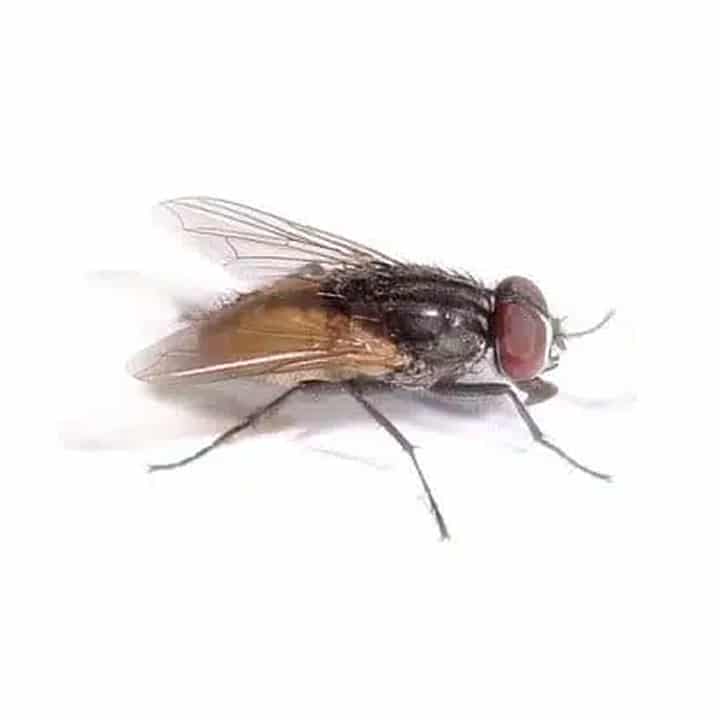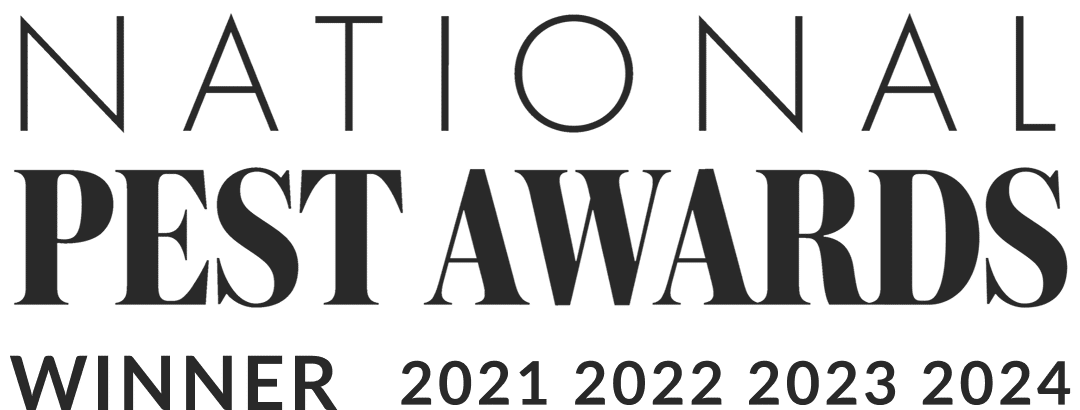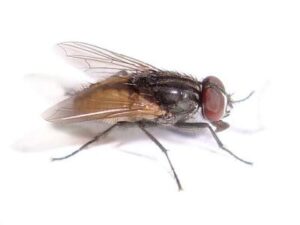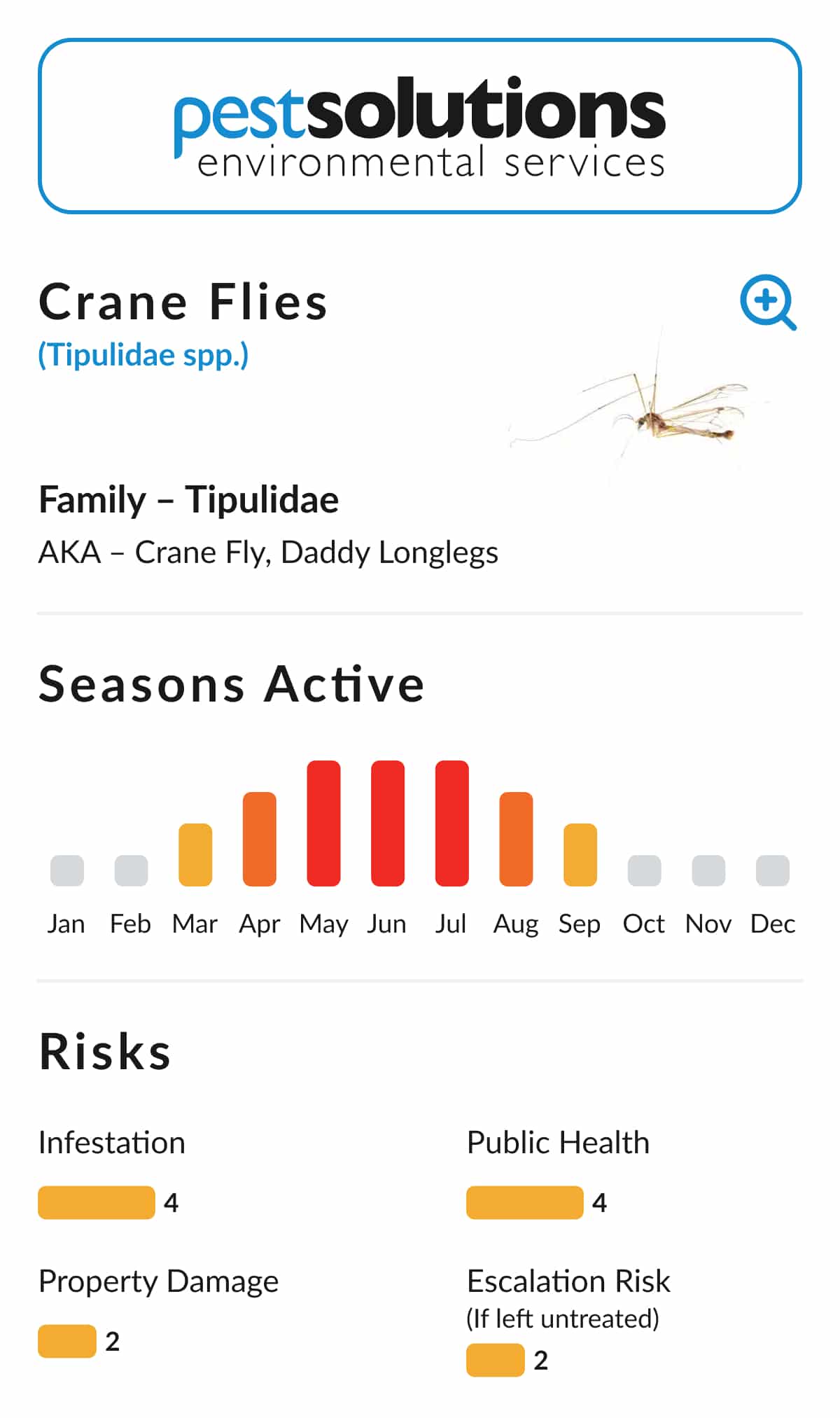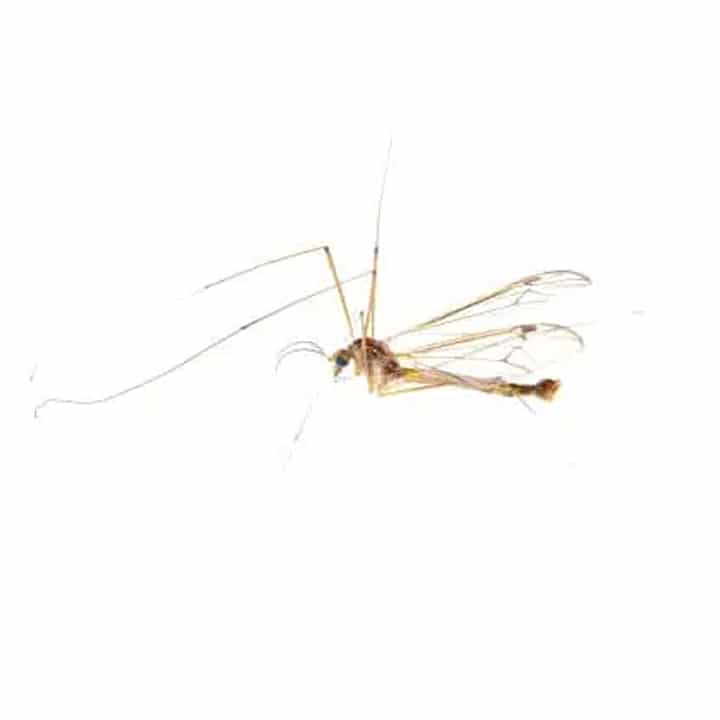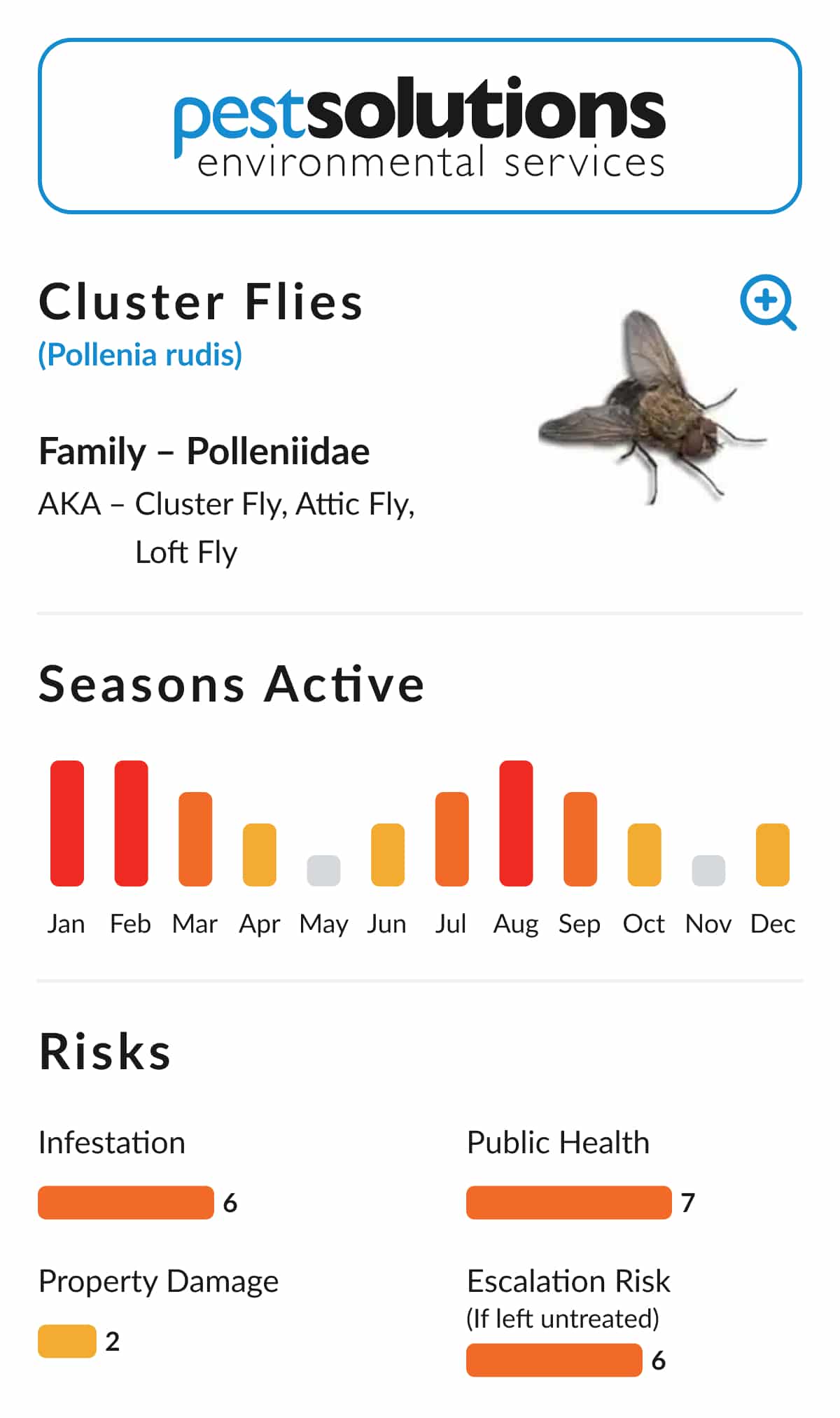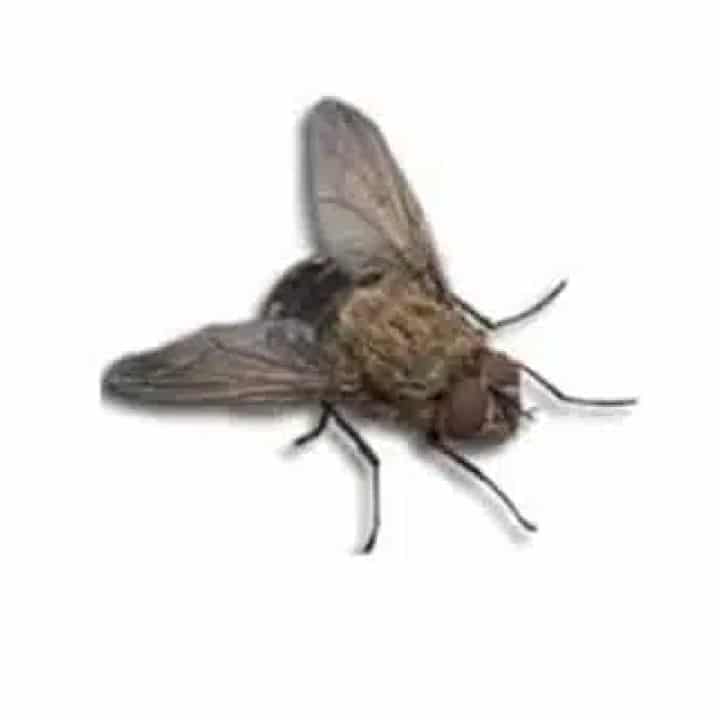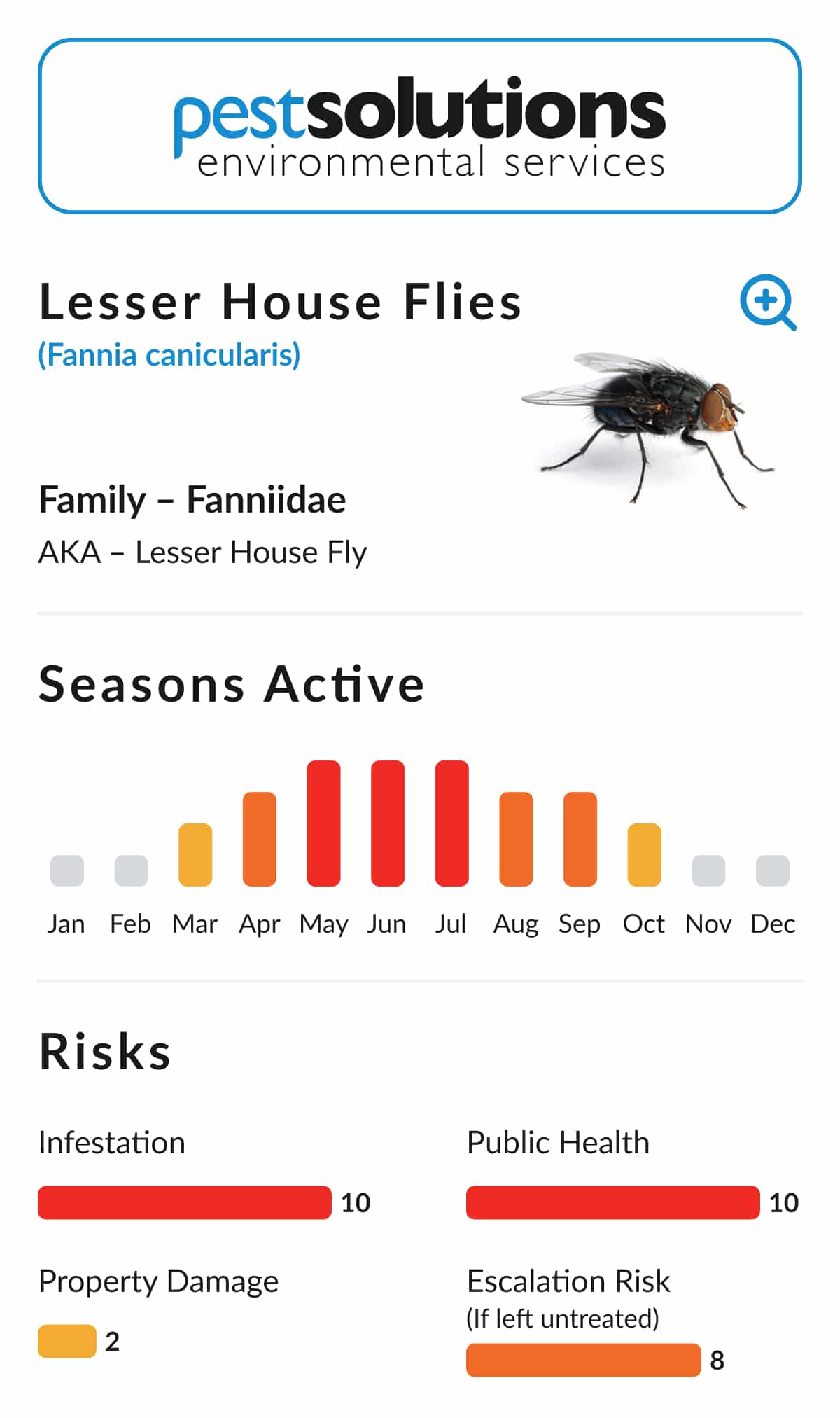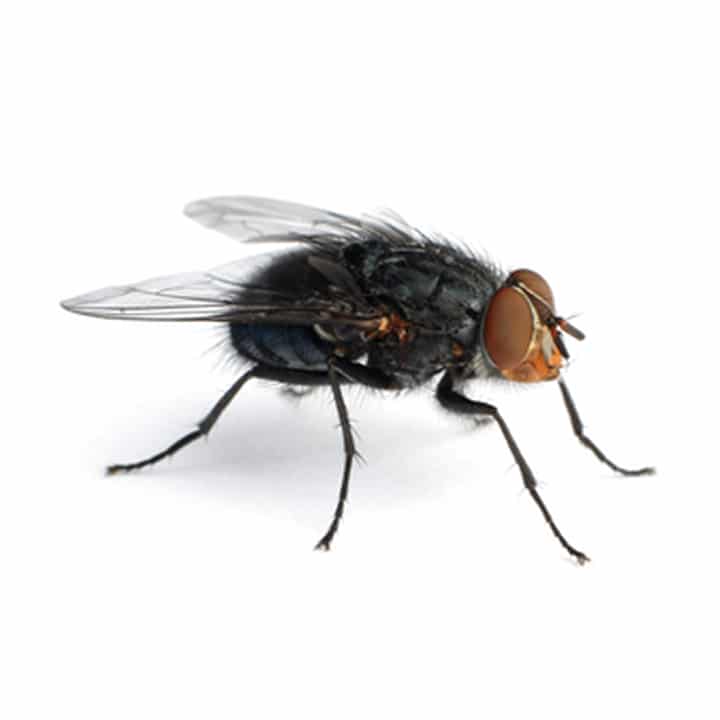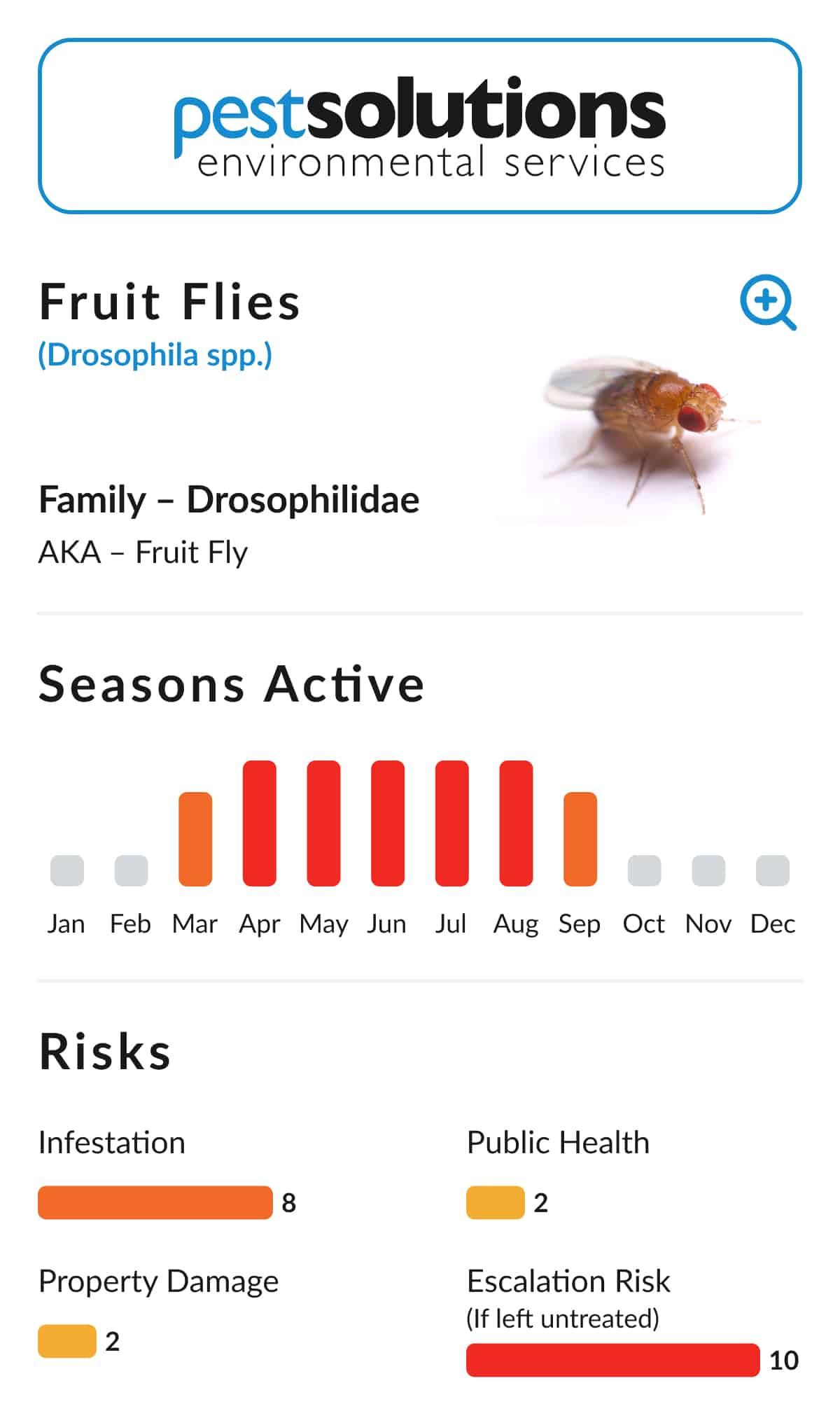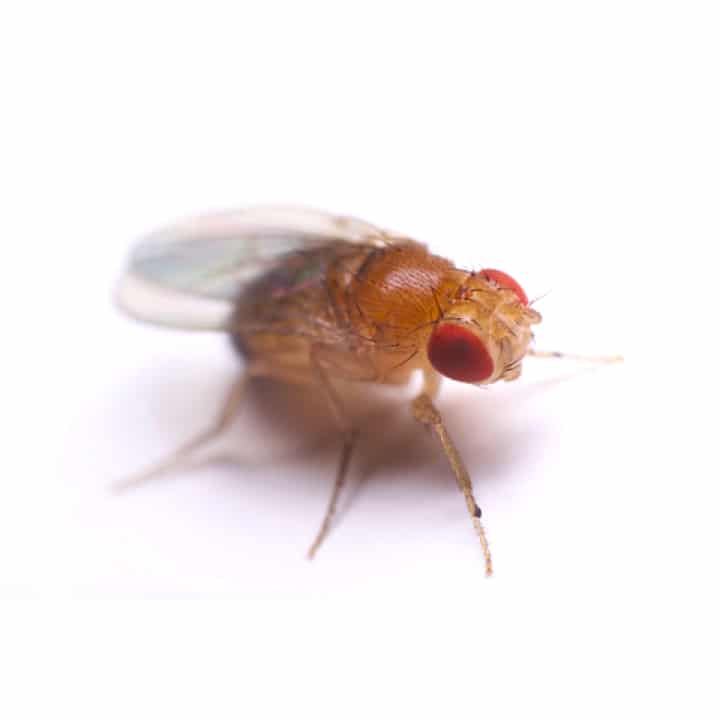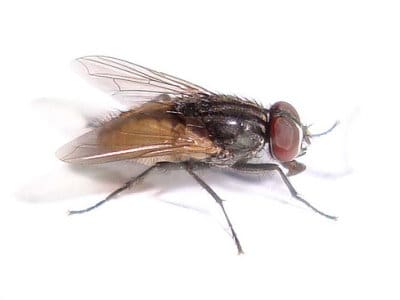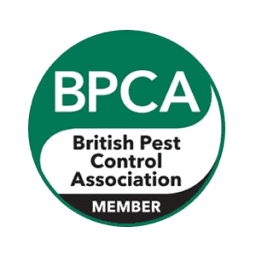Key Facts About House Flies
Adult house flies measure between 5 and 8mm in length, with a grey thorax featuring four narrow black stripes, and a slightly yellow or buff-coloured abdomen. They possess large, prominent compound eyes and characteristically pointed wing tips.
Eggs are laid in batches of up to 150 at a time on rotting food, animal manure, or other decomposing materials. The white, legless larvae (maggots) feed and develop in these materials, reaching up to 12mm in length before pupating. Under warm, moist conditions, the full life cycle from egg to adult can be completed in as little as 7–14 days.
Their feeding habits involve regurgitating digestive fluids onto food before sucking it up, and their constant movement between waste and food surfaces allows them to transfer bacteria, viruses, and other pathogens wherever they land.
Large breeding populations can develop quickly in these environments, resulting in significant risks to public health and compliance with hygiene standards. Even a small number of flies can put food safety and audit results at risk.
Swatting or sprays may reduce numbers temporarily, but true control relies on locating and treating breeding sites, removing food sources, and maintaining high standards of cleanliness.
House Fly (Musca domestica): The Importance of Control
The presence of house flies should always be taken seriously, particularly in environments where food is prepared, served, or stored. House flies are among the most effective disease vectors found in close proximity to people. By feeding on and breeding in faecal matter, animal waste, and decaying organic material, then moving directly to food and surfaces, they can contaminate everything they touch with harmful microorganisms.
This risk extends beyond domestic settings. In food manufacturing plants, restaurants, healthcare facilities, animal barns, and anywhere that hygiene is critical, even a single fly can compromise safety and damage reputation. Failing to control house flies may also put audit compliance at risk and could result in costly enforcement actions or business closures.
House flies are also a considerable nuisance due to their constant buzzing and rapid movement, making them difficult to catch or swat. Because of their rapid breeding and short life cycle, infestations can grow quickly if not properly managed.
The only reliable way to eliminate an infestation is to identify and treat all breeding sites, remove sources of attraction, and implement a comprehensive pest management programme. Attempting to tackle an established infestation without professional help is unlikely to succeed.
Call Pest Solutions to Get Rid of That Pest Today!
Pest Solutions’ skilled, BPCA-accredited team of service experts and support staff are available 24/7 to help with your pest control concerns. With local offices throughout the UK, our highly knowledgeable professionals can respond quickly to address house fly infestations of any size. We have extensive experience in tackling house fly problems in homes, food businesses, agricultural sites, and more.
To book a FREE survey or arrange a service visit from our Pest Control team, call 0800 027 2555. Find your nearest Pest Solutions branch here.
